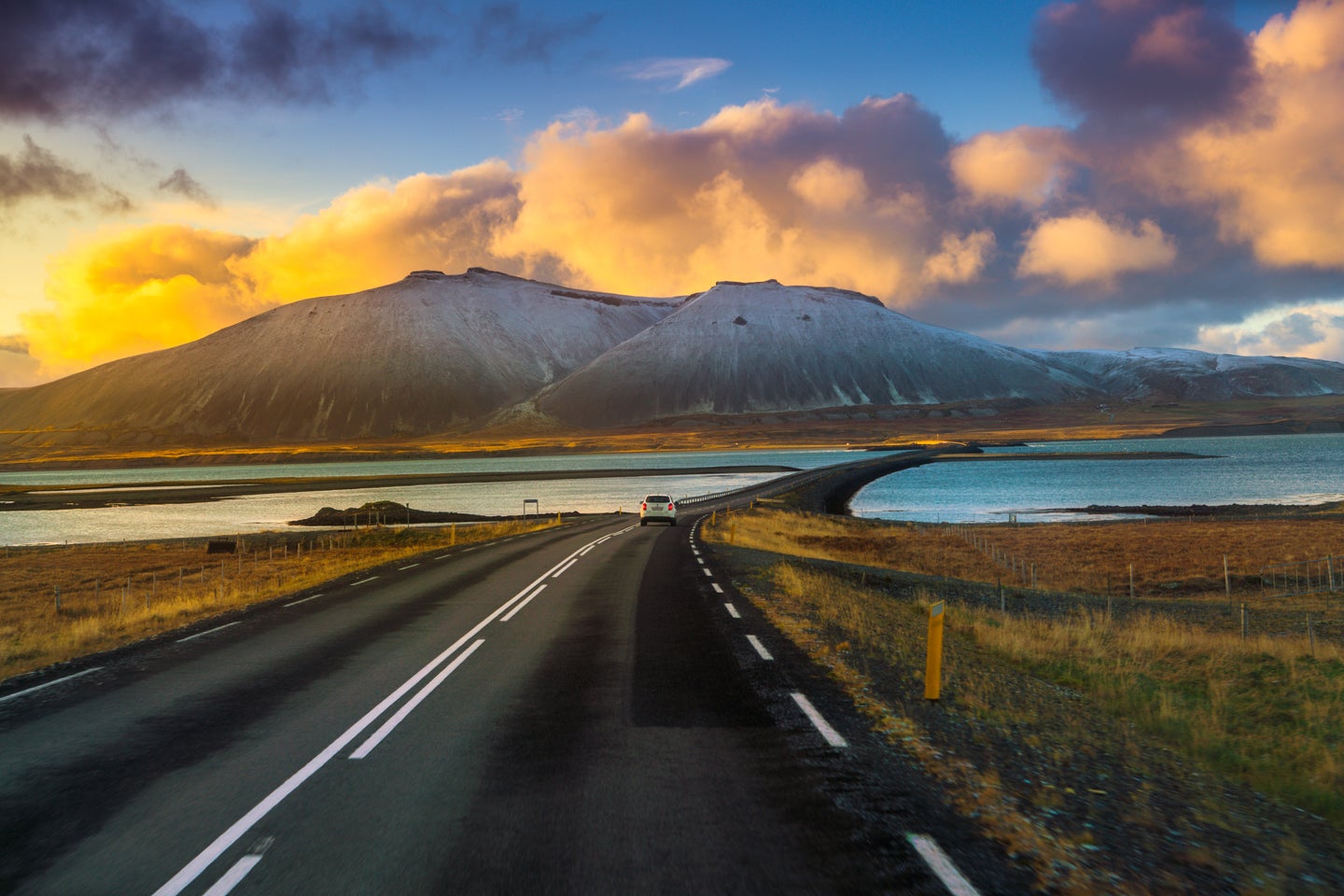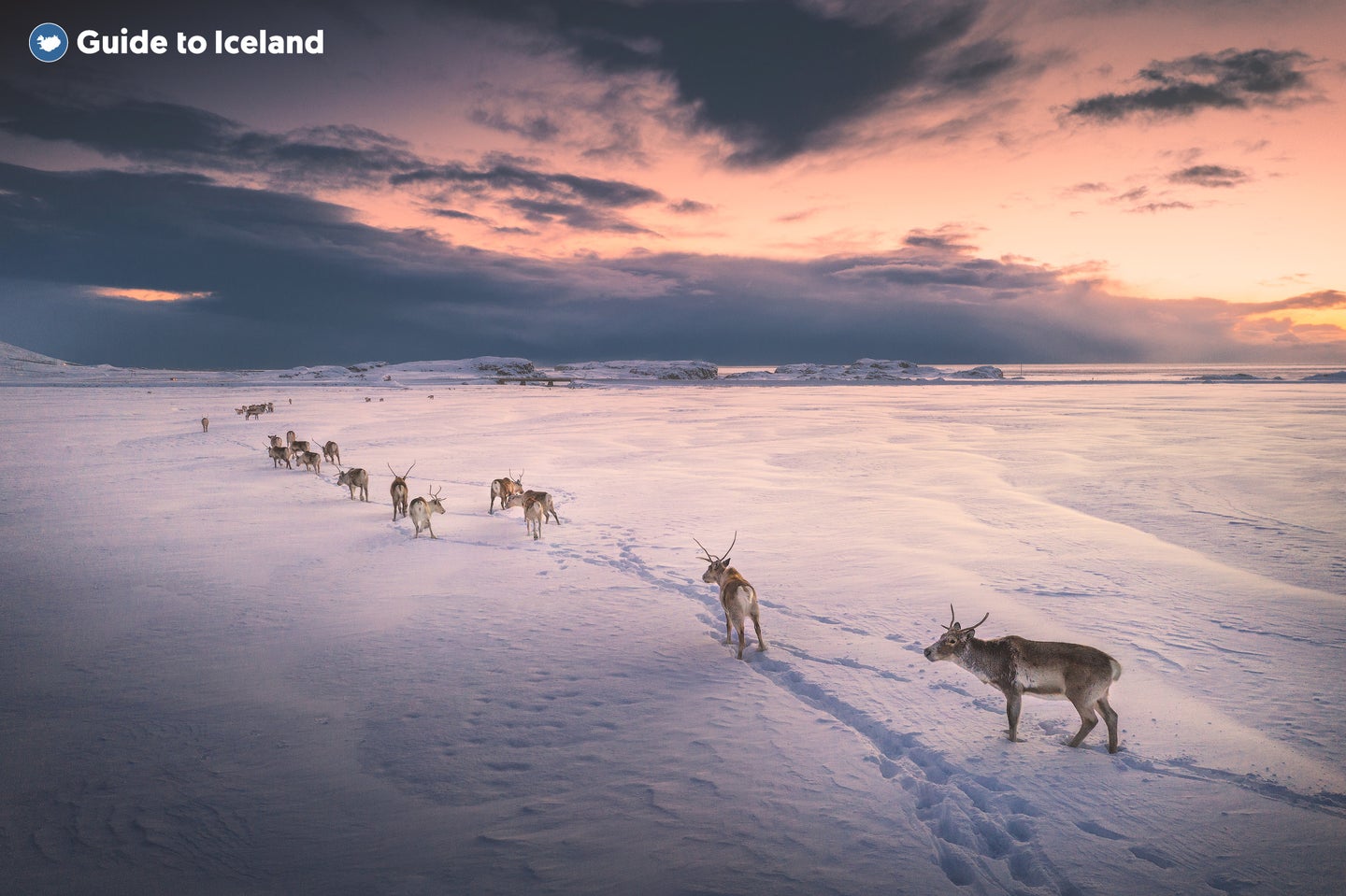Snorkeling tours in Iceland offer a unique opportunity to uncover the country’s hidden underwater beauty. Available year-round—even in winter—these tours cater to all skill levels, making them accessible to everyone from beginners to experts.
Snorkeling in Iceland is quite unlike what most travelers are used to. Forget beach shorts and coral reefs. In Iceland, you’ll suit up in a drysuit, glide through dark underwater canyons, and float in icy, crystal-clear waters. It’s an adventure unlike any other.
For those ready to embrace the cold, Iceland offers some of the most breathtaking underwater treasures. As the home of Silfra fissure, one of the planet’s top snorkeling and diving destinations, it’s a must-visit for adventurers and nature lovers alike.
Snorkeling in Iceland’s Silfra Fissure
Silfra fissure in Thingvellir National Park is Iceland’s top snorkeling and diving destination. It’s the only place in the world where you can swim between two tectonic plates - the Eurasian and North American plates.
Here’s what makes snorkeling in Silfra unforgettable:
-
Unmatched water clarity: Silfra’s glacial waters have been naturally filtered for centuries. This makes them some of the purest and clearest in the world.
-
Breathtaking scenery: Silfra’s clear waters reveal a stunning canyon floor adorned with beautiful shades of blue and green rock formations and algae.
-
Gentle current: Effortlessly float or swim as your drysuit keeps you buoyant when swimming and snorkeling in Silfra. This feature makes it accessible to everyone.
Quick Facts About Silfra
-
Location: Thingvellir National Park, about 45 minutes from Reykjavik
-
Water temperature: Constant 35–39 F (2–4 C) year-round
-
Visibility: Over 328 feet (100 meters), some of the clearest waters in the world
-
Required gear: Drysuit, thermal underlayers, and snorkeling equipment (provided by the tour operator)
-
Accessibility: Suitable for beginners and experienced snorkelers
Top 3 Silfra Snorkeling Tours in Iceland
Snorkeling in Silfra offers a once-in-a-lifetime experience. Fortunately, several top-rated snorkeling tours in Iceland help you experience Silfra fissure to the fullest. Note that these tours also cater to all experience levels.
-
Silfra Snorkeling Tour Between Two Continents With Photos and Snacks: This top-rated Silfra tour provides complete snorkeling equipment and free underwater photos for the best experience. Light and warm snacks are included at the end of the tour to warm you up.
-
Snorkeling in Silfra From Reykjavik With Underwater Photos: Explore Silfra fissure with convenient round-trip transportation from Reykjavik. This tour also offers free underwater photos to capture this unforgettable experience.
-
Golden Circle and Silfra Snorkeling With Underwater Photos: Combine two of Iceland’s top attractions in one day with this tour. Then, capture your snorkeling experience with underwater photos as souvenirs.
How To Get to Silfra Fissure From Reykjavik
Going to Silfra from Reykjavik is easy. You can rent a car from Reykjavik and drive for about an hour. Thingvellir National Park is easily accessible via Route 36.
For those who prefer not to drive, several tours offer transportation from the city center. They often include convenient pickups from major accommodations in Reykjavik. These options make it easy to include snorkeling in Silfra as part of your Iceland adventure.




















